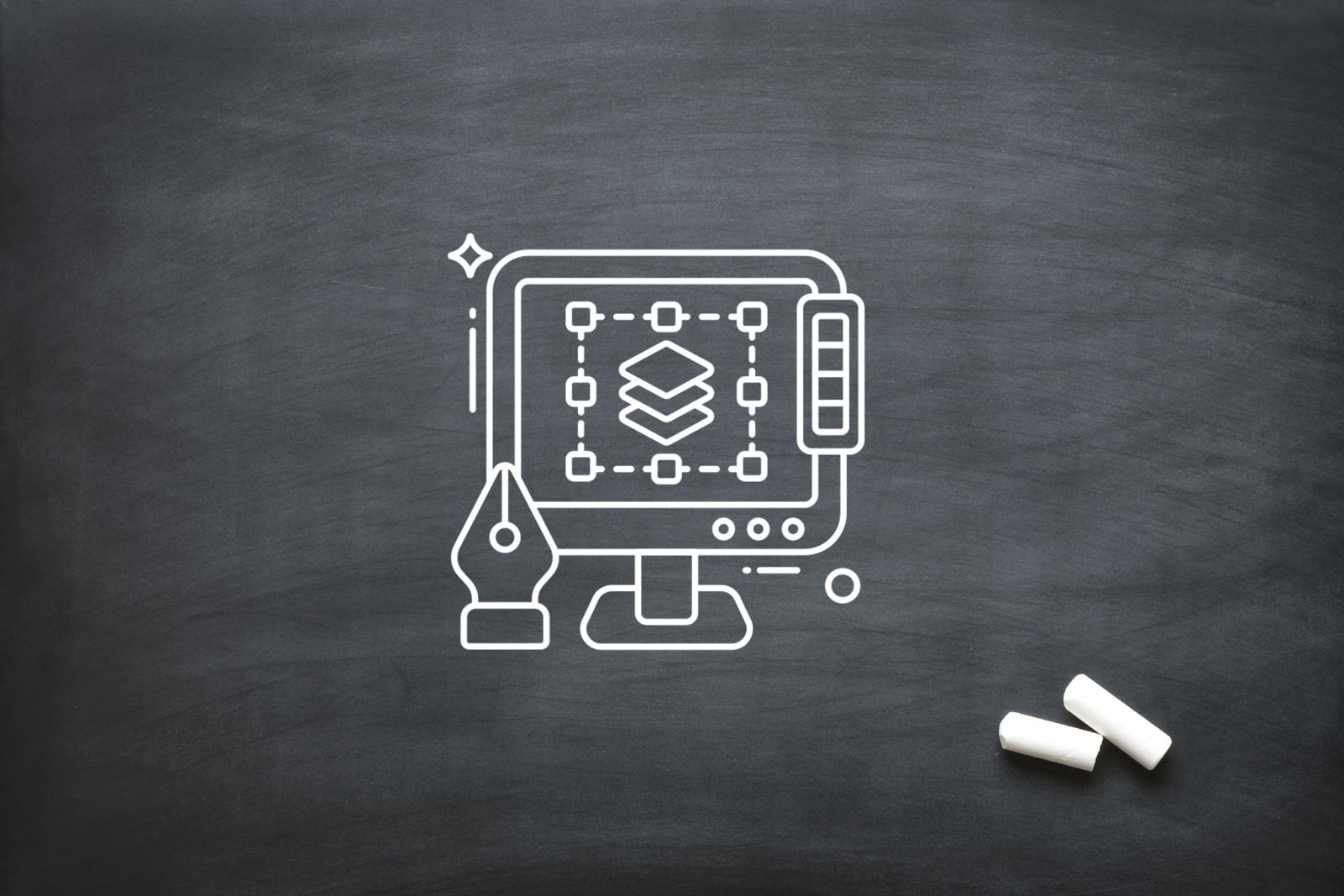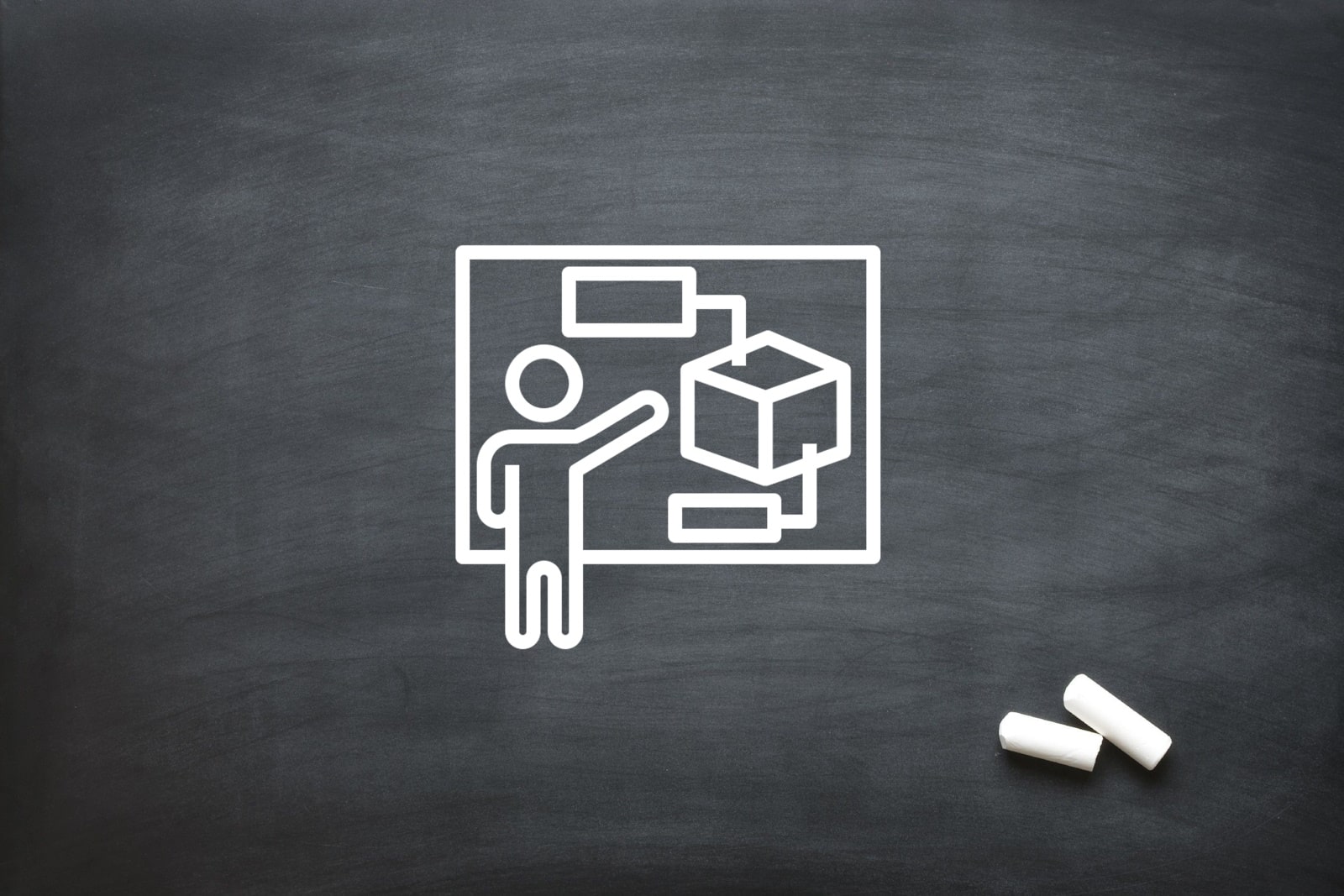
Compositing Pipelines in Animation Studios
Compositing is an essential process in animation studios, where multiple visual elements are combined into a single, cohesive image. It bridges the gap between raw animation or live-action footage and the polished final product. Over the decades, compositing has transformed dramatically, evolving from purely mechanical and optical techniques to highly sophisticated digital workflows. This transformation reflects the industry’s drive to improve image quality, streamline production, and provide artists with greater creative freedom.
The increasing complexity of animated projects, including the integration of 3D renders and immersive media, has necessitated continual innovation in compositing tools and methods. Today’s high-end animation studios rely on advanced compositing workflows that combine flexibility, precision, and automation to meet demanding artistic and technical standards.
Early Compositing Techniques
Before the digital era, animation studios depended on optical printers and cell layering to combine images. This technique involved stacking transparent cells—each hand-painted with character or background elements—and photographing them sequentially onto film. Optical printers would then re-photograph these layers to create a composite shot. While revolutionary in enabling multi-layered animation, this process was time-consuming and prone to image degradation, such as loss of sharpness and colour fidelity, due to multiple generations of film copying.
Despite these limitations, optical compositing was the foundation upon which modern animation workflows were built. Studios meticulously planned each shot to accommodate the constraints of the technology, carefully controlling lighting and camera angles. This era demanded significant craftsmanship and precision, but its manual nature limited flexibility and speed. As animation projects grew more ambitious, the need for a more versatile and efficient compositing method became clear.
Introduction of Digital Compositing
The introduction of digital compositing represented a seismic shift in how animation studios approached image assembly. Digital tools allowed artists to manipulate images at the pixel level, offering a level of precision unattainable with optical techniques. The ability to work non-destructively with layers and alpha channels meant compositors could experiment with effects, colour corrections, and masking without degrading the original assets.
This digital revolution drastically improved workflow speed and quality control. Compositing became an iterative, collaborative process where changes could be made quickly and easily, without the costly delays of film processing. Animation studios embraced these advancements to push creative boundaries, blending multiple elements seamlessly and enhancing the visual storytelling potential of their projects.
Node-Based vs Layer-Based Workflows
Digital compositing workflows generally fall into two categories: layer-based and node-based. Layer-based systems arrange elements in a linear stack, much like sheets of acetate, with each layer applied sequentially. This approach is intuitive and straightforward, particularly for simpler compositions. However, it can become cumbersome when managing complex scenes with many effects and adjustments, as changes in lower layers affect everything above.
Node-based workflows, by contrast, depict the compositing process as a network of nodes—each representing a specific operation or effect. This non-linear structure provides tremendous flexibility, allowing artists to adjust, rearrange, or branch off effects independently. Animation studios increasingly favour node-based systems for their ability to manage complex scenes, facilitate reusability of components, and improve pipeline integration, which is essential for high-volume productions.
Integration with 3D Renders
As 3D animation gained prominence, compositing workflows had to evolve to accommodate the unique demands of integrating 3D renders. Instead of a single flattened image, 3D rendering outputs multiple passes or layers—such as diffuse colour, specular highlights, shadows, reflections, and depth maps. This separation enables compositors to tweak specific lighting or material properties without re-rendering entire scenes, offering unprecedented control.
This granular integration is crucial for creating photorealistic imagery and blending 3D elements seamlessly with 2D animation or live-action footage. It also enables animation studios to respond rapidly to creative changes, enhancing flexibility without sacrificing image quality. The compositing stage thus becomes an artistic playground, where detailed control over each render pass ensures the final composition meets both technical and aesthetic goals.
Multi-Pass Rendering
Multi-pass rendering breaks down a complex 3D scene into individual components, allowing each element to be manipulated independently during compositing. This method provides animators with the ability to isolate and refine specific effects such as ambient occlusion, shadows, or reflections, tailoring the final image with precision. Such granular control is invaluable when adjusting the mood, lighting, or atmosphere without requiring a costly full re-render.
The importance of multi-pass workflows in high-end animation studios cannot be overstated. It offers not only creative flexibility but also practical benefits like shortening production cycles and reducing computational costs. By targeting adjustments to specific passes, compositors can experiment with variations quickly and efficiently, enhancing the collaborative process between lighting, rendering, and compositing teams.
Deep Compositing
Deep compositing is a sophisticated technique that goes beyond traditional 2D image layering by embedding 3D depth information within each pixel. This additional data enables compositors to accurately handle overlapping elements and complex volumetric effects, such as smoke, particles, and transparent surfaces. Unlike flat images, deep composites allow precise control over how objects intersect in space, preventing artefacts and enhancing realism.
Incorporating deep compositing into animation pipelines has become standard practice in many high-end studios, especially those working on feature films and immersive media. This technology facilitates seamless integration of CG elements with live-action footage and improves visual fidelity in scenes with complex depth relationships. It represents a significant advancement in compositing, enabling artists to push the boundaries of visual storytelling.
Colour Management and Grading
Consistent colour reproduction is vital in animation production to ensure a unified look across departments and final deliverables. Professional compositing workflows implement robust colour management systems that maintain accurate colour spaces throughout the pipeline. Using standardised frameworks helps preserve colour fidelity from rendering through compositing to output, minimising discrepancies and ensuring creative intent is realised.
Colour grading further enhances the storytelling impact by adjusting the colour balance, contrast, and tone of scenes. It allows studios to craft the visual mood and atmosphere, making the difference between a good animation and a memorable one. By combining precise colour management with artistic grading, animation studios deliver polished, consistent results that resonate with audiences.
Real-Time Preview and GPU Acceleration
Technological advances in hardware have revolutionised the speed and responsiveness of compositing workflows. The use of GPU acceleration enables real-time previews of complex compositions, allowing artists to instantly visualise changes and make informed creative decisions. This immediate feedback loop reduces production times and fosters greater experimentation.
In high-end animation studios, this performance boost is essential for handling increasingly complex scenes and higher-resolution assets. Real-time compositing also supports more efficient collaboration between teams, ensuring that revisions and refinements can be executed swiftly. As hardware continues to evolve, these improvements will further streamline animation pipelines and enhance overall productivity.
Compositing in Stereoscopic and VR Animation
Stereoscopic 3D and virtual reality introduce unique compositing challenges related to depth perception, eye separation, and parallax effects. Compositors must carefully adjust elements for each eye’s viewpoint to create a convincing 3D experience without causing visual discomfort. This requires precise alignment and calibration within the compositing workflow.
Moreover, immersive media demands new tools and approaches to maintain depth consistency and visual coherence across dynamic environments. Animation studios specialising in stereoscopic and VR projects develop customised compositing techniques to handle these complexities. As immersive technologies become more prevalent, the role of compositing in creating believable virtual worlds will only grow in importance.
Pipeline Integration and Automation
To manage the complexity and scale of modern animation projects, studios rely heavily on pipeline integration and automation. Compositing tools are woven into a broader production framework using scripting languages and automated processes, enabling smooth asset management, version control, and task delegation. This integration minimises manual errors and frees artists to focus on creative work.
Automation also supports scalability, allowing studios to efficiently handle multiple shots and projects simultaneously. By standardising workflows and automating repetitive tasks, animation studios improve turnaround times and maintain consistent quality. Effective pipeline integration is a hallmark of successful studios, reflecting a mature and optimised production environment.
The evolution of compositing workflows illustrates the ongoing commitment of animation studios to harness technology in service of artistic excellence. From manual cell-layering to real-time, deep compositing techniques, these advances have revolutionised how animated stories are crafted and realised. As the industry moves forward, we expect these workflows to continue adapting, embracing new technologies that enhance creativity and efficiency.
If you’re looking to elevate your animation projects with cutting-edge compositing techniques and expert pipeline integration, get in touch with us at Oliver Karstel Creative Agency. We’re passionate about delivering tailored solutions that meet your creative vision and production needs—let’s bring your animation to life together.






